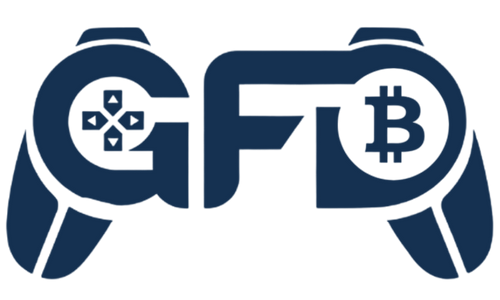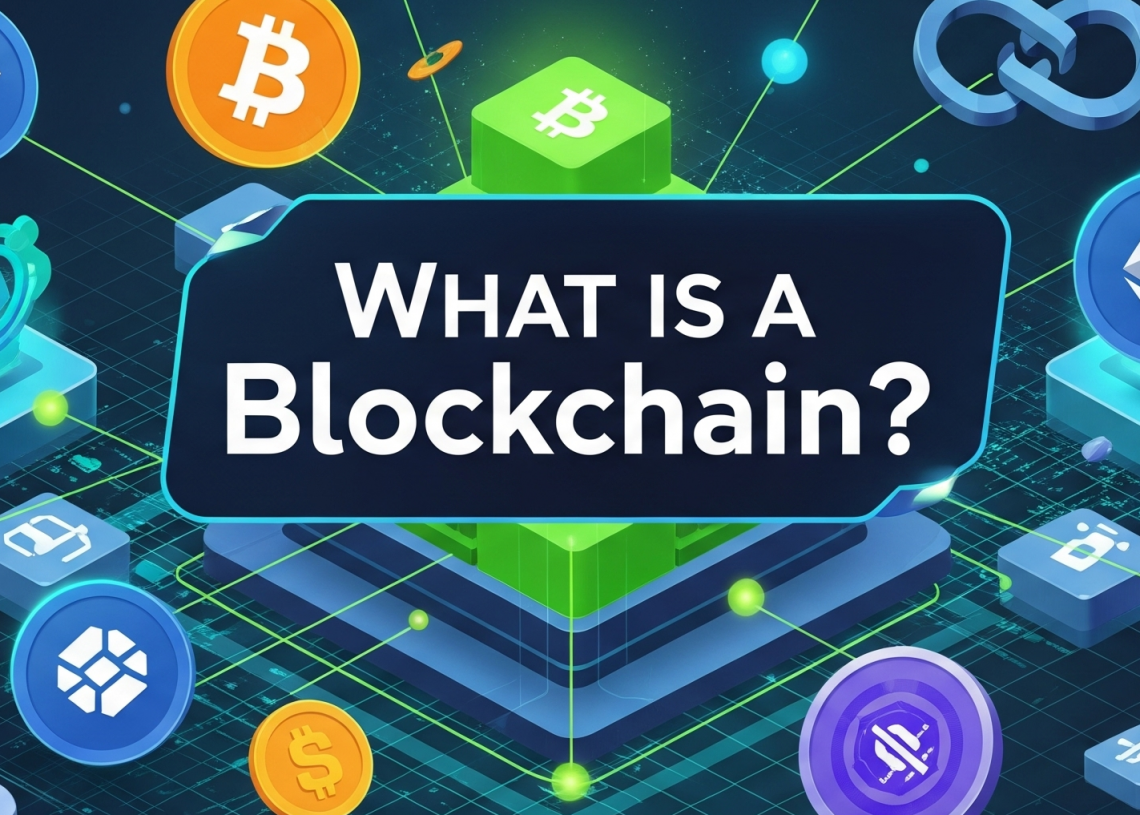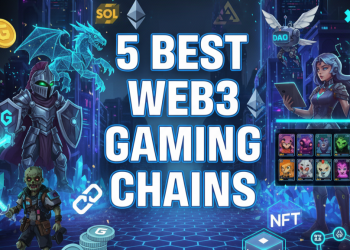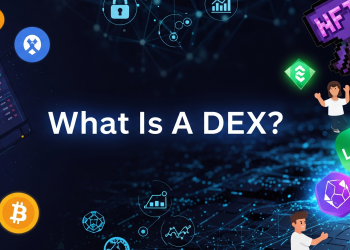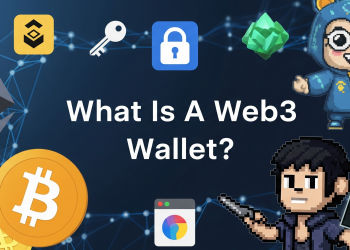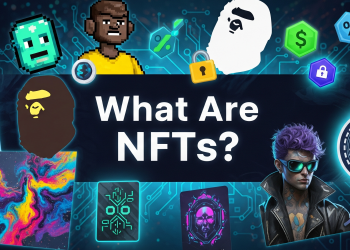Blockchain is the foundation of Web3, powering cryptocurrencies, NFTs, and decentralized applications. It is a type of database, but unlike traditional databases, it is both decentralized and encrypted to ensure its security. A blockchain decentralizes the data in the sense that it distributes the copies of the database to several computers (or nodes) instead of one central authority controlling it. This structure makes the system transparent, secure, and resistant to tampering. Understanding how it works is the first step to grasping the future of GameFi and digital ownership.
A Brief History of Blockchain Technology
Blockchain history started in 1991 with the invention of a method to timestamp digital documents to make it impossible to alter them. Nevertheless, the technology made the world aware of it in 2009 when the creator Satoshi Nakamoto introduced Bitcoin, the first real-world application of blockchain.
Bitcoin introduced a system to communicate digital currency transactions peer to peer securely without banks. Then the idea spread beyond just money. Ethereum, in 2015, brought the concept of smart contracts, thus providing developers with the ability to create dApps and NFTs.
People now use blockchains fully across various fields such as finance, logistics, healthcare, and GameFi.
Core Elements of Blockchain
Before diving deeper, it helps to break down the main elements that define how blockchains function.
- Blocks – Data is grouped into “blocks,” each containing transactions or records.
- Chain – Each block is linked to the previous one using cryptography, forming a secure chain.
- Decentralization – No single party controls the entire system; thousands of nodes maintain the network.
- Consensus Mechanisms – Networks agree on which transactions are valid using systems like Proof of Work (PoW) or Proof of Stake (PoS).
- Immutability – Once data is added to the blockchain, it cannot be altered, ensuring trust and transparency.
Why Blockchain Matters
It is important because it allows confidence in the absence of middlemen. It is no longer necessary for banks, authorities, or companies to check the transactions because it is the network that guarantees the correctness. This makes it possible:
- Peer-to-peer value exchange without middlemen.
- New forms of digital ownership, such as NFTs and tokens.
- Trust and safety in various systems such as finance, supply chains, and gaming industries.
How Blockchain is Used Today
It is not limited to cryptocurrency. It powers a wide range of applications:
- Cryptocurrencies like Bitcoin and Ethereum.
- NFTs (Non-Fungible Tokens) represent ownership of digital or physical assets.
- DeFi (Decentralized Finance) for borrowing, lending, and trading without banks.
- Supply Chain Tracking for logistics and authenticity.
- Gaming (GameFi) — one of the fastest-growing use cases.
Blockchain in GameFi
GameFi is built on blockchain technology. Here’s why it matters:
- True Ownership – In traditional games, players don’t own their items; they exist only inside the publisher’s servers. In GameFi games, assets like characters, land, or weapons are NFTs that players truly own.
- Play-to-Earn Models – They enable tokens that reward players for their time and skill.
- Cross-Game Economies – Because assets are on-chain, they can move between platforms. A sword in one game could appear in another if developers allow interoperability.
- Transparency in Rewards – Players can verify the fairness of in-game economies, since token and NFT transactions are visible on the blockchain.
Without it, GameFi would not exist. It is the backbone of ownership, trading, and decentralized economies that make Web3 gaming different from traditional gaming.
Conclusion
Blockchain is not only a device for handling money. The main idea of the technology is relational mapping: Trust, Ownership, and Digital Interaction. In GameFi, blockchain turns games into open economies free from publisher control, where users truly own their achievements and rewards.
As Web3 evolves, blockchain will remain the engine driving innovation in both finance and gaming.
FAQs
Is blockchain the same as Bitcoin?
No. Bitcoin is one application of blockchain technology. Blockchain is the system; Bitcoin is a cryptocurrency built on it.
Do I need crypto to use blockchain?
Not always. Many games and apps offer free-to-play models where you can earn tokens or NFTs without buying crypto upfront.
Why is blockchain important for gaming?
Because it enables ownership, fair rewards, and tradable assets that extend beyond one game.

